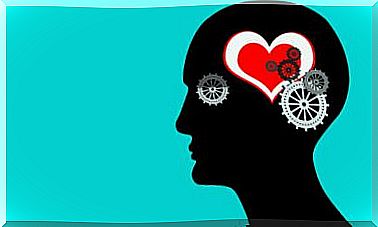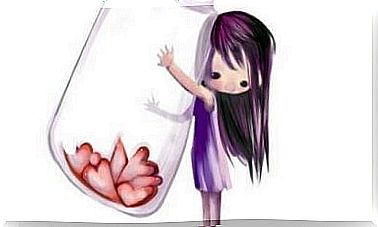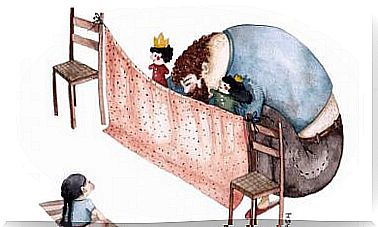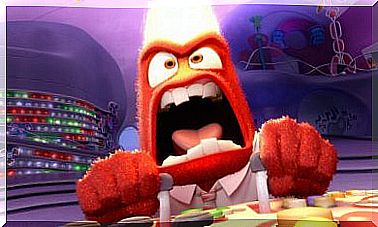The Diana Case And The Anguish Of The Adolescent

The Diana case is related by the psychologist María del Carmen Cota Piñeiro, a psychoanalytic psychotherapist for children and adolescents in Galicia (Spain). He tells us that Diana came to his office when she was just 10 years old. As is usual at that age, it was not on her own account, but rather her parents took her and she had been referred by the school psychologist.
Parents and educators presented her as a “difficult” girl: conflictive in her relationships and authoritarian in treatment. On the other hand, much of the social contact seemed based on rivalry. In addition, the tension with his mother was evident, produced largely by jealousy towards his younger brother.
In the account of the Diana case, it is pointed out that the girl’s family consisted of the father, the mother and two brothers : one older and the other younger. Both parents were doctors and, in fact, had fallen in love while studying. The father was not overly communicative, while the mother was the one who seemed to dominate the most areas.
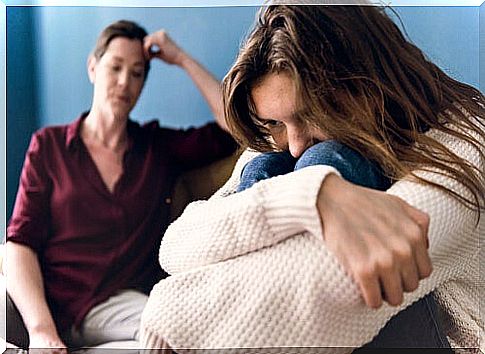
The mother in the Diana case
As the psychotherapist tells it, Diana’s mother initially describes her daughter as someone very “demanding”, who finds it very difficult to enjoy what she has. In addition, he complains that he manifests a very pronounced rebellion, especially if his current behavior was compared with that manifested in previous stages.
In the meantime, he makes a kinder description of his children. The oldest, 14 years old, is smart, a great athlete, very sociable and a wonderful student. In turn, the youngest son, 7 years old, is bright, loving and obedient. Diana, the only female daughter, is in the middle of these two males and is the problem.
There is something else. The Diana case also tells us about a mother who is in a special condition. When she was very young, she had suffered from polio. This had left permanent sequelae, forcing her to use crutches to get around. These difficulties had not prevented her from being an attractive woman.
On the other hand, the medical recommendation in the wake of polio was not to get pregnant. Recommendation which, as we can guess, did not follow. Her first pregnancy was normal. In contrast, Diana’s was complicated, as was that of the third child. During the childhood of the little ones, she had dedicated her time to take care of them; now, he wanted to go back to the world of work.
The process with Diana
The first part of the therapy in the Diana case was one year. Little by little the girl opened up and talked about everything that bothered her. He mainly stated that his conflict had to do with his younger brother. He felt anger at his mother’s preference for him, when in her eyes he was a hypocrite, while he did not love her.
Everything happened around that story, until the psychologist asked about the changes that were taking place in her body in relation to puberty. Diana did not want to talk about it, in fact it was a topic that made her close so much that she wanted to leave therapy. Her parents agreed, since during that year the girl had improved her behavior.
During the last session, Diana spoke about a colleague of hers who had mentioned suicide. He also asked if his psychotherapist had cared for a girl who had committed suicide. It was not like that, but when questioned about her interest, the girl evaded the subject.
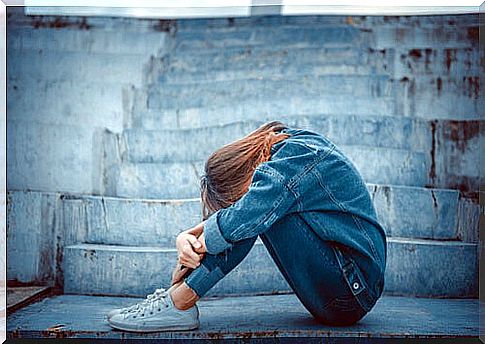
A new phase
Three years after that last session, the psychotherapist received a call from Diana’s mother. I was worried about the girl. Now she was 13 years old, she had been caught with some pills in her bag. A colleague of hers said that Diana intended to commit suicide. Thus the therapeutic link was resumed, but this time it was more difficult.
Diana was very aggressive towards the therapist. In particular, he began to direct his attacks against her physique. He talked about how old and unattractive she seemed to him. He also openly expressed that he wanted to see her dead. The psychologist understood that she was making a transfer of the feelings she had towards her mother. According to the working hypothesis, what he said to the psychologist was really directed at his mother.
Precisely the mother, during one of the visits to the psychologist, comments that Diana has improved. The psychologist asks her to talk about the feelings she experiences as a mother when Diana has inappropriate behaviors. Likewise, he is asked about the damage he has on his body. The mother does not want to go into this topic. The psychologist has a slip. It means “Diana is hurt” but says “Diana is not so screwed up.”
For everyone, the case revolves around a point. It is assumed that Diana’s problem has to do with her transformation into a woman, with a woman’s body, to the detriment of her mother, who has an affected body.
The family decides to terminate the therapy, although the psychologist does not agree with it. Diana, anyway, understands the essentials of her conflict and her mother too.




